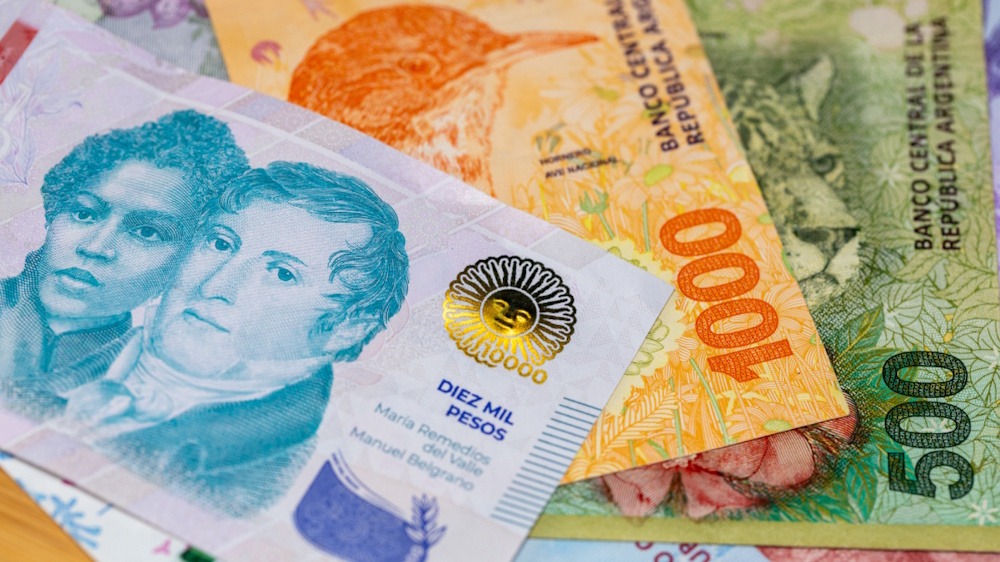All peso-dollar exchange rates experienced a rebound on Tuesday following a significant decline on Monday, as markets responded favorably to the decisive victory of Javier Milei’s party in the midterm elections. The wholesale exchange rate concluded at AR$1,470, reflecting a 2.4% rise compared to the prior day. This positions it 25 pesos beneath the upper limit of the currency band, AR$1,494.53, which serves as the threshold for intervention by the Central Bank. Throughout the day, it reached a high of over AR$1,480. The MEP and blue-chip swap financial rates rose by 2.6% and 2.7% respectively, reaching AR$1,478.4 and AR$1,495.4. The informal dollar experienced a modest increase of 0.3%, reaching AR$1,470. At Banco Nación, the largest bank in the country, the dollar was exchanged at AR$1,495, exceeding AR$1,500 at one point during the day.
A source informed that individuals holding savings in dollars were acquiring substantial quantities. A statement from the Galicia Bank’s Inviu electronic investment platform indicated that speculation regarding Argentina’s Treasury purchasing dollars may have played a role in the “unexpected rise.” In the weeks leading up to the election, the selloff of the peso raised significant concerns, prompting direct intervention by the US Treasury in the foreign exchange market, following the announcement of a bailout for Argentina by the Donald Trump administration. On Monday, Trump remarked that Milei’s election “made a lot of money for the United States,” a statement that analysts interpreted as an indication that the US Treasury might consider selling the pesos it acquired.
Ariel Sbdar stated that the increase in dollar demand was attributed to the D31O5 bond, which is set to mature on October 31. Economist remarked in a post that the Central Bank utilized that bond “heavily” to mitigate the run on the peso, “selling nearly AR$1.7 trillion below the official dollar value at the time.” Lechter posits that the government’s strategy was for investors to acquire the dollar-linked bond as a hedge against a possible post-electoral devaluation, thereby alleviating pressure on the foreign exchange and futures markets.
As the maturity of that bond approaches, investors have repurchased the October futures and US dollars, leading to Tuesday’s spike and, as noted by Lechter, “a record trading volume of AR$3.06 billion in dollar futures.” Gustavo Quintana noted that demand for coverage typically increases in the final days of the month as participants close their positions, influencing the price dynamics. “I believe the initial decline observed yesterday was overstated,” Quintana remarked. “It is necessary to observe the exchange rate over the next few days to determine its eventual equilibrium.”

